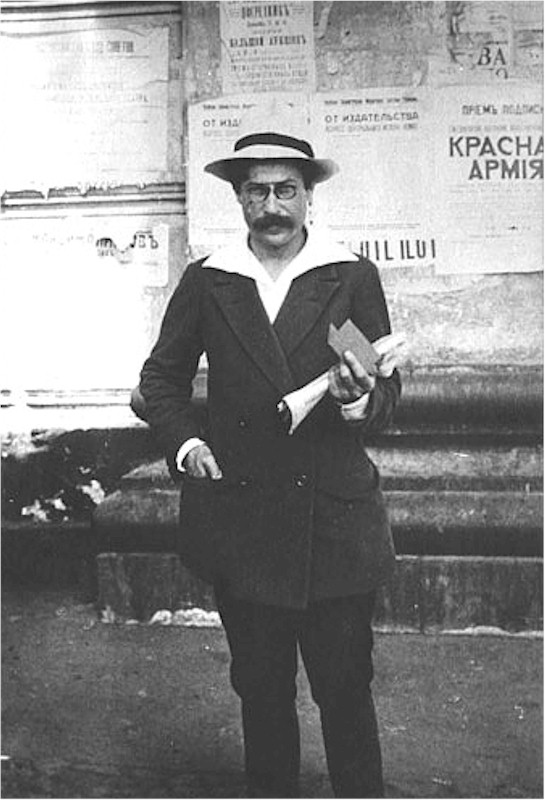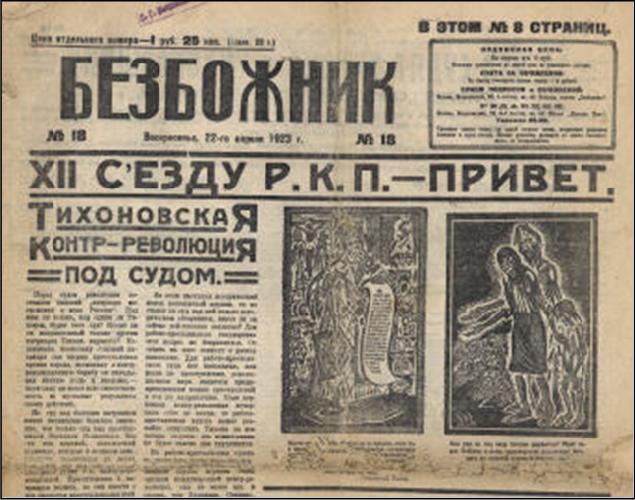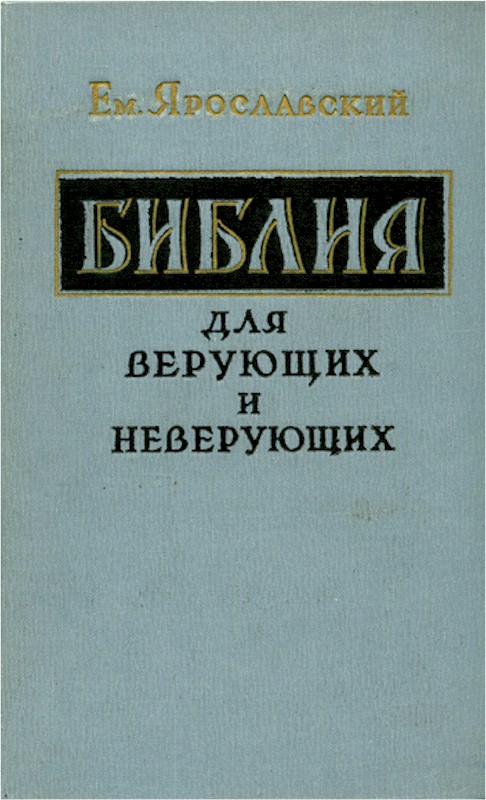The official atheism
English > Context > Historical and political > The official atheism
Official atheism
Before the Revolution, church and state were intimately connected. On the one hand, Russian Orthodoxy was the official state religion, but on the other, the church was also under many restrictions by the government. Still, the Church had much power and wealth, which meant it was a good target for the Bolsheviks both as a symbol of the old regime and as a source of revenue. As a philosophy, Bolshevik ideology came out of the tradition of Marx and 19th century materialism, which considered religion to be the «opium of the masses». There were therefore philosophical reasons as well for the new state to be opposed to religion. The combination of these factors proved extremely dangerous for the church. Confiscation of church property led to conflicts and even the arrest of the Patriarch in 1922. Some property was seized on the pretext of famine relief; this way the state gained financially, while the church would be disgraced in case of resistance.
One decree of 1929 stipulated that every religious association had to be registered with secular authorities, which could require control. In the same year the government revised the constitution to guarantee freedom of worship (instead of freedom of religion) and permit only anti-religious propaganda. Religious propaganda remained «unconstitutional» in the Soviet Union. Church buildings were either destroyed or converted for use as warehouses or stables. Most of the ancient churches in Moscow were still housing cartoon studios and metal shops into the 1980s. The largest church in Moscow, the Church of Christ the Saviour, was blown up in 1931 to make room for a projected Palace of Soviets. When the ambitious project could not be completed, a swimming pool was built where the foundation pit had been dug. After 1991, the Moscow government began rebuilding the church. You can read the full story of the Cathedral in the sectoin Places of this website.
Bezbozhnik and others
Some of the official antireligious propaganda was more subtle, or at least more literary. Two journals were devoted to such propaganda: Безбожнык [Bezbozhnik] or Godless and Атеист [Ateist] or The Atheist. They contained articles by literary people as well as scholars. Bulgakov consulted them before writing The Master and Margarita.
Безбожнык [Bezbozhnik] or Godless was started and published by Yemelyan Mikhailovich Yaroslavsky (1878-1943), chairman of the Союз воинствующих безбожников [Soyuz voyinstvuyushchikh bezbozhnikov] or the Union of the militant Godless. His Библия для верующих и неверующих [Bibliya dliya veruyushchikh i neveruyushchikh] or Bible for the believers and the unbelievers was a popular antireligious work, it was reprinted a dozen times since its first publication in the journal Ateist in 1922. You can download the complete Russian version of this book at the website of Специальная литература [Spetsyalnaya literatura] or Special literature for 1,25 USD.
Link to the website of Special literature
From Yaroslavsky comes the slogan that «the fight for socialism is the fight against religion».
Another well-known example was the iconoclastic poetry of Demyan Bedny (1883-1945), pseudonym of Efim Alexandrovich Pridvorov. In his diary, Bulgakov recalled with indignationce that he considers it to be a cursing. It is possible that the original drawing of Bulgakov's novel was born as a reaction against this rude propaganda.
Share this page |


